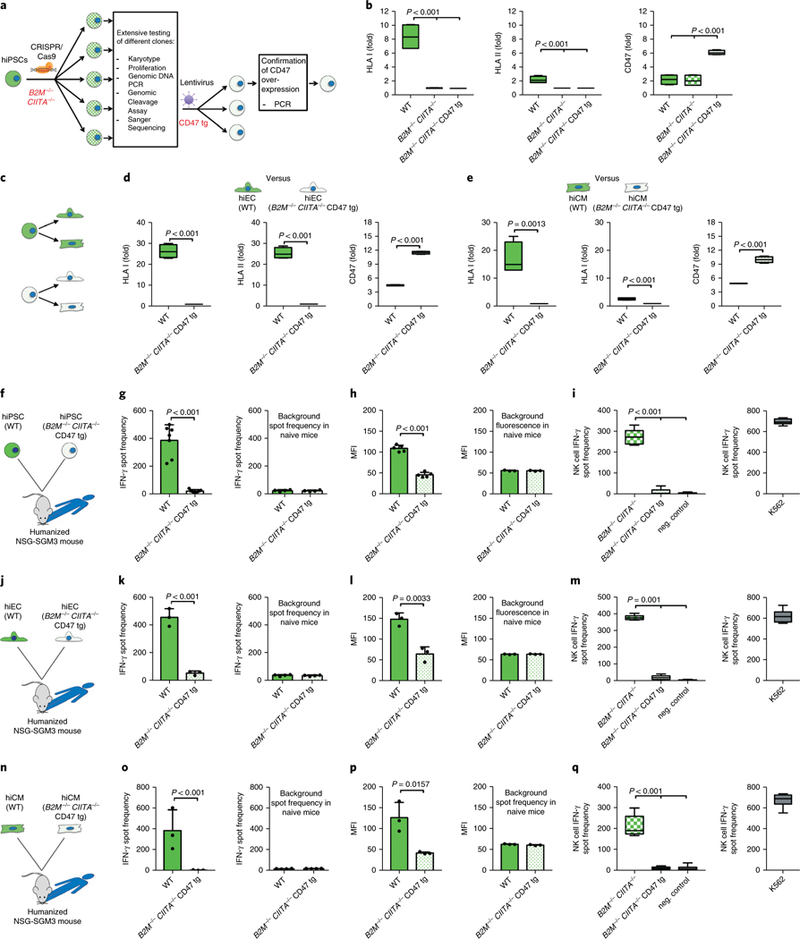Fig. 2 |. Immune response against hiPSC derivatives.

a, WT hiPSCs first underwent B2M and CIITA gene disruption and then CD47 transgene overexpression b, Gene editing of hiPSCs was confirmed by flow cytometry (box 25th to 75th percentile with median, whiskers min–max, four independent experiments per graph, analysis of variance (ANOVA) with Bonferroni’s post-hoc test). c, WT and B2M−/−CIITA−/− CD47 tg hiPSCs were differentiated into both hiECs and hiCMs. d–e, The immune phenotype of WT and B2M−/−CIITA−/− CD47 tg hiECs (d) and hiCMs (e) is shown (box 25th to 75th percentile with median, whiskers min–max, four independent experiments per graph, two-tailed Student’s t-test). f, WT or B2M−/−CIITA−/− CD47 tg hiPSC grafts were injected into allogeneic humanized NSG-SGM3 mice. g, IFN-γ Elispots were performed after 5 days (mean ± s.d., n = 7 per group, two-tailed Student’s t-test), the background spot frequency in naïve mice is shown (mean ± s.d., four animals per group, two-tailed Student’s t-test). h, MFI of IgM binding to either hiPSC incubated with recipient serum after 5 days (mean ± s.d., five animals per group, two-tailed Student’s t-test), the background fluorescence in naïve mice is shown (mean ± s.d., three animals per group, Student’s t-test). i, IFN-γ Elispots with human NK cells were performed with B2M−/−CIITA−/− hiPSC or B2M−/−CIITA−/− CD47 tg hiPSC (box 25th to 75th percentile with median, whiskers min–max, six independent experiments, ANOVA with Bonferroni’s post-hoc test). j, WT or B2M−/−CIITA−/− CD47 tg hiEC grafts were injected into allogeneic humanized NSG-SGM3 mice. k, IFN-γ Elispots were performed after 5 days (mean ± s.d., three animals per group, two-tailed Student’s t-test), the background spot frequency in naïve mice is shown (mean ± s.d., four animals per group, two-tailed Student’s t-test). l, MFI of IgM binding to either hiEC incubated with recipient serum after 5 days (mean ± s.d., three animals per group, two-tailed Student’s t-test), the background fluorescence in naïve mice is shown (mean ± s.d., three animals per group, Student’s t-test). m, IFN-γ Elispots with human NK cells were performed with B2M−/−CIITA−/− hiECs or B2M−/−CIITA−/− CD47 tg hiECs (box 25th to 75th percentile with median, whiskers min–max, six independent experiments, ANOVA with Bonferroni’s post-hoc test). n, WT or B2M−/−CIITA−/− CD47 tg hiCM grafts were injected into allogeneic humanized NSG-SGM3 mice. o, IFN-γ Elispots were performed after 5 days (mean ± s.d., three animals per group, two-tailed Student’s t-test), the background spot frequency in naïve mice is shown (mean ± s.d., four animals per group, two-tailed Student’s t-test). p, MFI of IgM binding to either hiCM incubated with recipient serum after 5 days (mean ± s.d., three animals per group, two-tailed Student’s t-test), the background fluorescence in naïve mice is shown (mean ± s.d., three animals per group, Student’s t-test). q, IFN-γ Elispots with human NK cells were performed with B2M−/−CIITA−/− hiCMs or B2M−/−CIITA−/− CD47 tg hiCMs (box 25th to 75th percentile with median, whiskers min–max, six independent experiments, ANOVA with Bonferroni’s post-hoc test).
